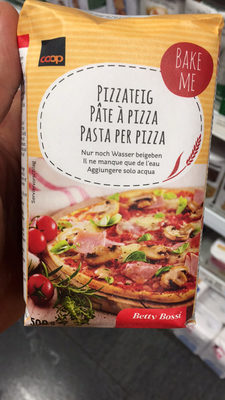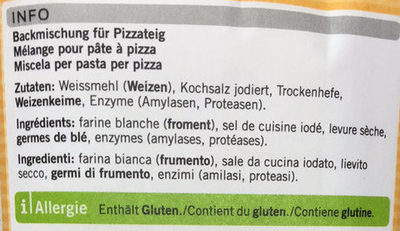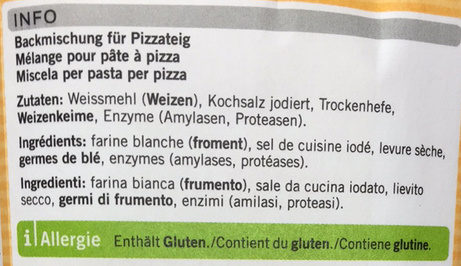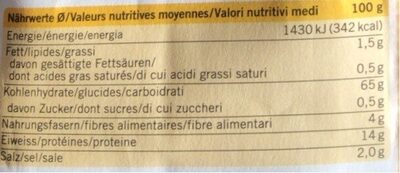Pâte à pizza - Betty Bossi - 500 g
This product page is not complete. You can help to complete it by editing it and adding more data from the photos we have, or by taking more photos using the app for Android or iPhone/iPad. Thank you!
×
Barcode: 7610803009198 (EAN / EAN-13)
Quantity: 500 g
Brands: Betty Bossi
Categories: Plant-based foods and beverages, Plant-based foods, Cereals and potatoes, Bakery products, Pizza dough
Labels, certifications, awards:
FSC, FSC Mix
Countries where sold: Switzerland
Matching with your preferences
Environment
Carbon footprint
Packaging
Transportation
Report a problem
Data sources
Product added on by openfood-ch-import
Last edit of product page on by mariacastiel.
Product page also edited by kiliweb, roboto-app, yuka.J5QdGdmhB5EbQvX76ZwV5hG7DrjYIfMDKVddog, yuka.UUlBQkY2VTZodUVTaHNNUzRnM0Z4ZDV3KzVPMWVFenBPZWdCSWc9PQ.
If the data is incomplete or incorrect, you can complete or correct it by editing this page.










